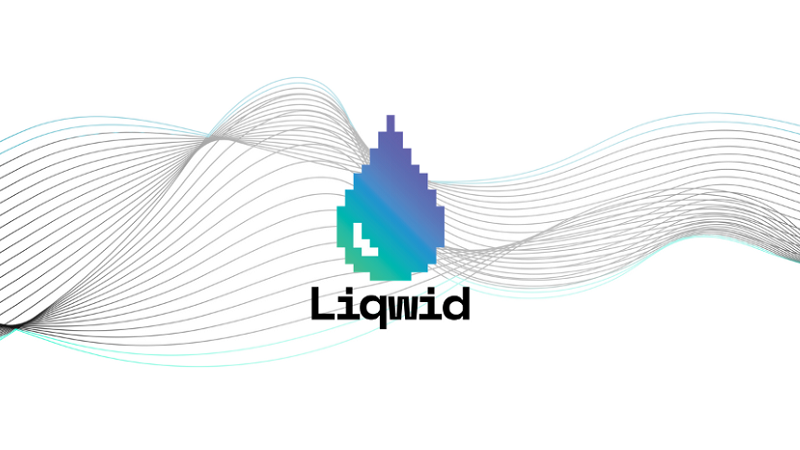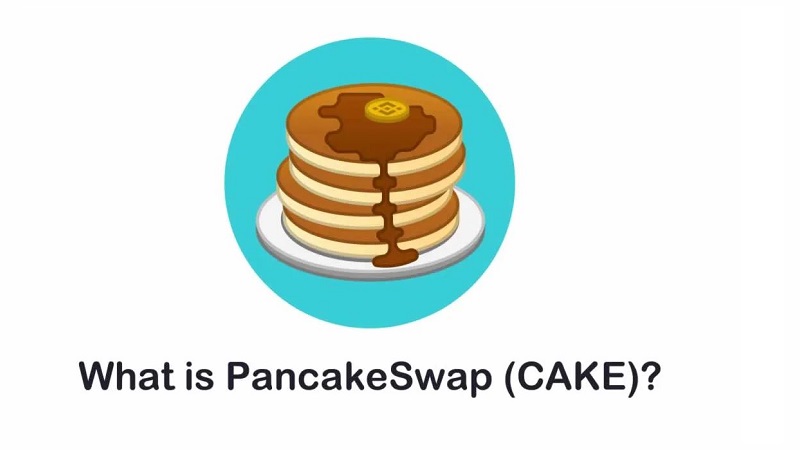Liqwid Token: Everything You Need to Know
Liqwid is a decentralized finance application that operates on Cardano – an open-source blockchain platform that runs financial applications. Ideally, people having ADA cryptos can use it as collateral for exchanges in the form of US dollars. This finance application has launched its generic tradable token, the Liqwid token (LQ). Its developers have built this token into Cardano’s multi-asset ledger, allowing people to use them for governance and staking.

Buying the LQ requires that the prospective have Cardano’s ADA cryptos. However, it’s plausible to use other major cryptocurrencies including bitcoin, tether, or Etherium, that accept fiat deposits.
Just liquidity token
Since the initial release of the first peer-to-peer electronic cash system that allowed for secure digital cloud currency exchange, a lot has ensued. Till today, the world of cryptocurrency has seen the advancement of trading options, from direct transactions to staking assets for reliable and better rewards. People have learned to use their digital crypto assets for win-win exchanges, thanks to the decentralized finance (DeFi) liquidity pools.
Just liquidity token represent a tradable assets that investors stake or gain in liquidity pools to facilitate trading and earn from third-party transactions. Liquidity pools are digital puddles containing tokens that investors put forward in these decentralized exchanges. It enables efficient asset trading in which investors earn interest from the transactions that the third parties make. Besides, they also help stabilize trading by maintaining prices for better liquidity.
Typical liquidity pools include Uniswap, PancakeSwap, and Balancer that have become commonplace in the crypto business.

Liquid provider staking
Liquidity pool staking is a DeFi interchain product that works within the blockchain network. Users who want to invest in cryptocurrency can use staking as an alternative to coin buying and selling. Instead, they utilize platforms such as Uniswap and PancakeSwap to bind in tradable smart contracts. These contracts allow people to make crypto exchanges that earn a small interest rate to the investors. Better still, investors can earn financial rewards from the liquidity pools they lock their crypto assets into.
Liquidity provider staking works the same way as to yield farming. The difference is that it doesn’t guarantee earnings from potential value rise from cryptocurrency. Rather, it allows for earning through interests from transactions. Besides, it essentially helps sustain high liquidity, which maintains the token prices for proficient cryptocurrency exchanges. However, investors don’t always have to conform to using tokens to make tradable exchanges.
With the advancement of digital currency technology, it’s become more feasible to use any disposable crypto asset, including an NFT, to earn a financial reward.

The difference between LP staking and liquidity provision
People often confuse LP staking with liquidity provision because the basic principles behind their operations are almost indistinguishable. However, the variation is pretty straightforward to decipher. It all comes to the risks involved and the detailing in their modes of operation. While both incentivize investors to earn financial rewards, typically, staking locks a crypto asset in a liquidity pool to keep it secure. Besides, it allows earning as an incentive from liquidity pools, far from interest and transaction fee income streams. It, therefore, diversifies the financial reward system.
On the other hand, liquidity provision usually doesn’t focus much on enabling a liquidity pool – although it does to some extent. Instead, it enables earnings by diversifying assets, making it possible to deposit more than just one.
Liquidity provider token price
Supply and demand rates determine market prices, and since cryptocurrency is a tradable asset, it isn’t any different. However, numerous other factors affect the pricing of cryptocurrencies, and all work together to put the value of liquidity provider token prices. They include:
Mass adsorption
The principle behind mass adsorption is that a particular liquidity pool token demand leads to an upsurge in prices. It could be the commissioning of a cryptocurrency for payments in day-to-day transactions. Or, it could be a cryptocurrency becoming overly relevant overnight, raising its demand. Mass adoption consequently increases the prices of tradable liquidity pool tokens.

Inflation of fiat currencies
When the value of fiat currencies plummets, it results in subsequent cryptocurrency inflation. As a result, it affects the token prices and impacts trading and earning in liquidity pools.
Regulation
If the central and federal governments observe notorious trading actions that potentially threaten the currency’s security, they’ll try regulating it. When these restrictions take effect, they’re likely to impact liquidity pool token prices.
Cake LP token
Liquidity provider tokens are financial rewards that users receive after depositing assets in a liquidity pool. In this regard, the Cake liquidity provider token works on the PancakeSwap LP platform and allows the exchange of BEP20 tokens. PancakeSwap is a pioneering AMM decentralized exchange on the Binance Smart Chain that allows trading, yield farming, and staking.
The Cake LP token is often a reward from staking assets in a liquidity pool. For every transaction a third-party trader makes, PancakeSwap charges a 0.25 percent fee. Of this fee amount, 0.17 percent goes to the liquidity provider and the rest to the Pancake Swap decentralized exchange platform.

The platform offers 1 PL token that represents 1 CAKE token plus 1 BNB token.
If a trader exchanges 10 CAKE for 10BNB and another does the opposite, the liquidity pool will have10.017 BNB and 10.017 CAKE.
It implies therefore indicates a gain in the liquidity pool, and the liquidity provider’s PL token is better priced at 1.00017 plus 1.00017 BNB.
Other liquidity provider tokens
The token usable in liquidity provision corresponds to its native platform and the liquidity pool it uses. For instance, Etherium uses ERC20 tokens as a reward for offering liquidity and as tradable assets. Similarly, in Curve Finance, a liquidity pool on Etherium uses CRV tokens as an automated market builder protocol for easy swapping of ERC20 tokens.
Others include KNC tokens for Kyber network liquidity pools and ETHBNT and BNT tokens in Bankcor liquidity pools.
Conclusion
Liqwid token play a crucial role in the cryptocurrency world, enabling trade through staking and liquidity provision. It’s an important way of stabilizing cryptocurrency in the wake of tremendous instability. Besides, they help a liquidity provider earn financial rewards out of their tradable assets.
